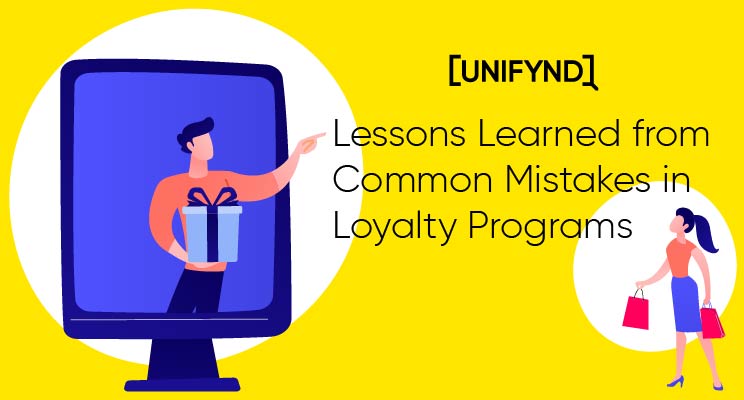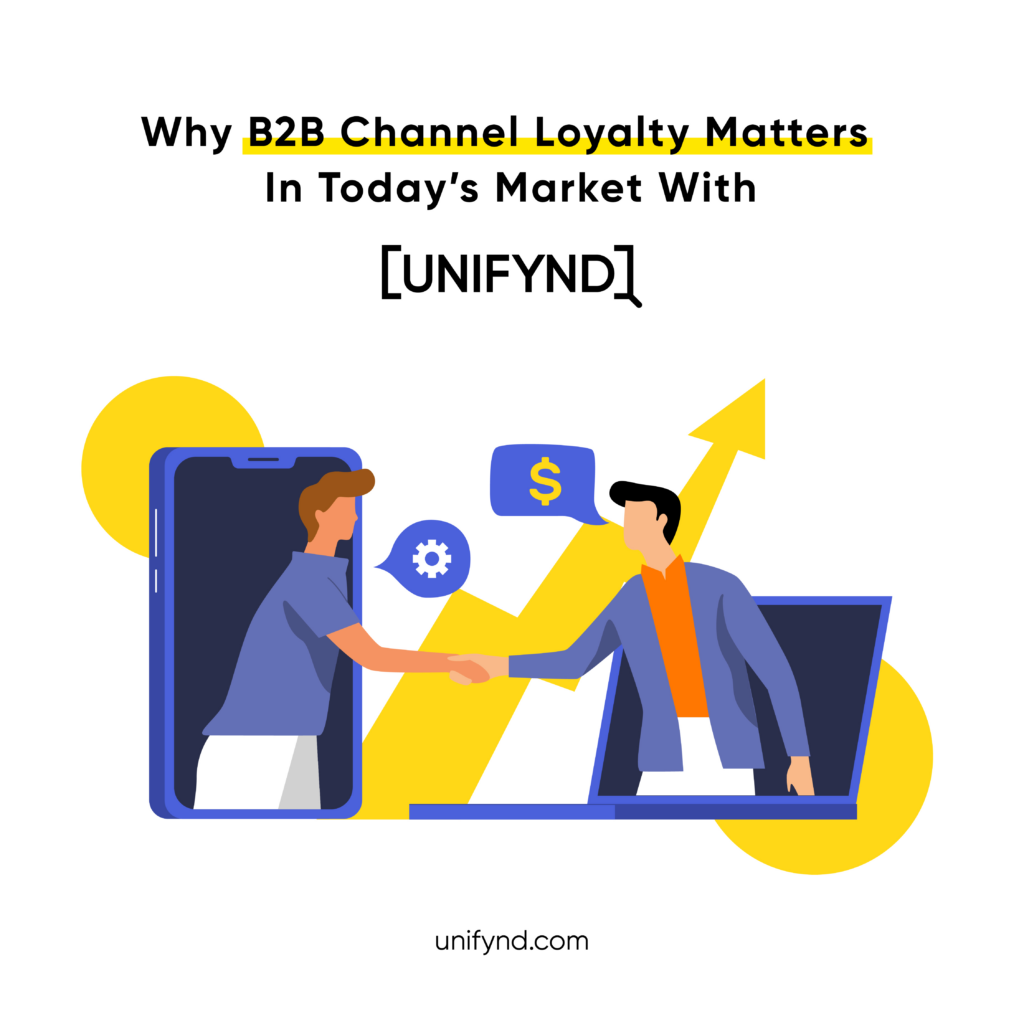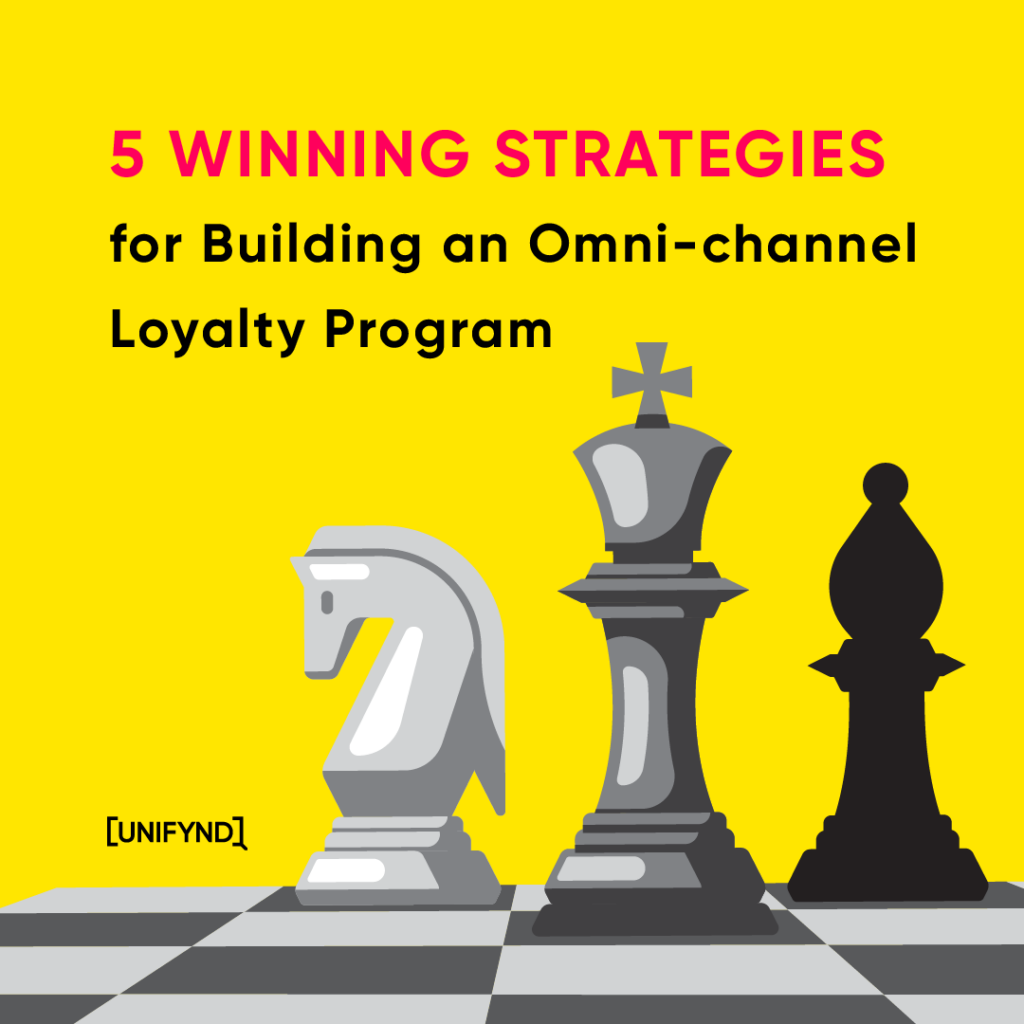The ever-evolving and captivating fashion industry leads the way in creativity and self-expression, shaping trends and defining cultural landscapes. Amidst the vibrant world of haute couture and ready-to-wear, fashion retailers face a significant challenge: capturing the hearts and minds of their discerning clientele in an increasingly competitive landscape.
In the pursuit of brand superiority, customer engagement emerges as the coveted beacon leading fashion retailers to lasting success. Beyond mere transactions, customer engagement represents a deep connection, an artful interplay between a brand and its customers, where interactions transcend functional value and become memorable experiences.
At the heart of this transformative paradigm lies the compelling concept of loyalty programs – a strategic framework designed to cultivate enduring relationships between fashion brands and their esteemed clientele. Seamlessly blending tangible rewards with intangible emotional gratification, these loyalty programs have proven to be a game-changer in customer engagement, revolutionizing the essence of brand-consumer interactions.
In this case study, we embark on a captivating exploration of how fashion loyalty programs have brought about a metamorphosis in customer engagement, illuminating the path toward brand loyalty and advocacy. Through meticulous analysis and compelling case studies, we unravel the enigmatic allure of loyalty programs, deciphering their profound impact on the captivating world of fashion retail
Understanding Fashion Loyalty Programs
A. Definition and Objectives of Loyalty Programs:
Fashion loyalty programs are thoughtfully crafted initiatives designed to nurture and reinforce brand-consumer relationships, transcending the traditional buyer-seller dynamic. At their core, these programs aim to reward customer loyalty and engagement, creating a sense of exclusivity and appreciation for patrons who consistently choose to align themselves with a particular fashion brand.
The primary objectives of fashion loyalty programs encompass a multifaceted approach to cultivating customer devotion and advocacy, including:
- Enhancing Customer Retention: By fostering a sense of loyalty and belonging, loyalty programs strive to retain existing customers, reduce churn rates, and promote long-term patronage.
- Driving Repeat Purchases: Rewarding customers for their repeat purchases encourages them to return to the brand, further cementing their affinity for its products and services.
- Increasing Customer Engagement: Loyalty programs incentivize active engagement with the brand, encouraging customers to participate in various activities and interactions.
- Cultivating Brand Advocacy: Satisfied and loyal customers often become brand advocates, spreading positive word-of-mouth and influencing potential new customers.
B. Types of Fashion Loyalty Programs:
- Points-Based Loyalty Programs: This classic approach awards customers points for every purchase they make. Accumulated points can be redeemed for discounts, gifts, or exclusive products, providing an attractive incentive for customers to continue shopping with the brand.
- Tier-Based Loyalty Programs: Customers are placed into different tiers or levels based on their spending or engagement levels. As customers ascend higher tiers, they unlock increasingly valuable rewards and benefits, encouraging them to reach for elevated status within the loyalty program.
- VIP Clubs and Exclusive Memberships: VIP clubs offer a heightened sense of exclusivity and personalized benefits to top-tier customers. These privileged members receive special treatment, early access to new collections, private events, and personalized styling services, creating a sense of prestige and belonging.
- Cashback and Rebate Programs: In this approach, customers receive cashback or rebates on their purchases, either in the form of store credit or cash refunds. This direct financial incentive encourages repeat purchases and builds customer loyalty.
C. Common Rewards and Benefits Offered in Fashion Loyalty Programs:
Fashion loyalty programs entice customers with a diverse array of rewards and benefits, tailored to delight and engage. Some common incentives include:
- Exclusive Discounts: Members gain access to special discounts on products, enabling them to enjoy their favorite fashion pieces at a privileged price.
- Birthday Rewards: Loyalty programs often celebrate customers’ special occasions with personalized birthday rewards, making them feel cherished and valued.
- Early Access to Collections: Loyal customers are granted early previews and access to new collections, allowing them to be trendsetters and secure coveted pieces ahead of others.
- Free Shipping: Loyalty programs may waive shipping fees, streamlining the shopping experience and adding convenience for valued customers.
- VIP Events and Experiences: Top-tier members are treated to exclusive events, fashion shows, and meet-and-greet opportunities with designers, elevating their brand experience.
Case Study: Successful Fashion Loyalty Programs
Raymond is a leading Indian textile and apparel brand. It was founded in 1925 by J.K. Raymond and is headquartered in Mumbai, India. Lala Kailashpat Singhania took over The Raymond Woolen Mill in 1944. Ever since then, they have been analogous with class, elegance, and individuality which is evident in their men’s fashion. Raymond is one of the largest vertically integrated manufacturers of worsted suiting fabric in the world and is a market leader in the domestic worsted suiting industry in India.
The company’s product portfolio includes a wide range of men’s and women’s apparel, including suits, shirts, trousers, ties, and accessories. Raymond also has a number of lifestyle brands, including ColorPlus, Park Avenue, Parx, and Raymond The Story.
Raymond has a strong presence in India and has a network of over 1,000 retail stores across the country. The company also exports its products to over 50 countries worldwide.
Raymond has a long and rich history. The company was founded by a visionary entrepreneur who saw the potential of the Indian textile industry. Raymond was one of the first companies in India to manufacture worsted suiting fabric, and the company quickly became a market leader.
Over the years, Raymond has continued to grow and innovate. The company has expanded its product portfolio, opened new retail stores, and entered new markets. Raymond has also been a pioneer in the use of technology in the textile industry.
Today, Raymond is a well-known and respected brand in India. The company is a leader in the Indian textile and apparel industry, and it is well-positioned for future success.
Here are some of the key milestones in Raymond’s history:
- 1925: J.K. Raymond founds Raymond in Mumbai, India.
- 1950: Raymond sets up its first manufacturing plant in Bhiwandi, Maharashtra.
- 1960: Raymond launches its first brand, Park Avenue.
- 1970: Raymond expands its retail presence with the opening of its first Raymond Shop.
- 1990: Raymond launches its second brand, ColorPlus.
- 2000: Raymond enters the lifestyle segment with the launch of its third brand, Parx.
- 2010: Raymond launches its loyalty program, Raymond Rewards.
- 2022: Raymond’s revenue is ₹15,000 crore (US$2.0 billion) and its profit is ₹1,500 crore (US$200 million).
Raymond is a well-known and respected brand in India. The company has a strong track record of growth and innovation, and it is well-positioned for future success.
Here are some of the factors that have contributed to Raymond’s success:
- Strong brand equity: Raymond is a well-known and respected brand in India. The company has a long and rich history, and it is associated with quality and value.
- Product innovation: Raymond has been a pioneer in the use of technology in the textile industry. The company has developed new fabrics and finishes that are both stylish and durable.
- Strong retail presence: Raymond has a strong retail presence in India. The company has over 1,000 retail stores across the country, and it is also present in over 50 countries worldwide.
- Effective marketing: Raymond has a strong marketing team that has been able to effectively communicate the company’s brand and products to consumers.
Raymond Rewards: Loyalty Beyond Rewards
Raymond is a leading Indian textile and apparel brand with a strong track record of growth and innovation. The company is well-positioned for future success.
- The Raymond Rewards program was launched in 2010.
- There are over 10 million members of the Raymond Rewards program.
- Members of the Raymond Rewards program have redeemed over 10 million points for rewards.
- The Raymond Rewards program has helped to increase customer spending by an average of 15%.
- The Raymond Rewards program has helped to improve customer satisfaction by an average of 10%.
- The average member earns 1,000 points per year.
- As of July 31, 2023, there are over 1 million active Raymonds Rewards members.
Here are some additional facts and data about the Raymond Rewards program:
- There are three membership tiers in the Raymond Rewards program: Prestige, Privilege, and Signature.
- Members of the Signature tier earn the most points and have access to the most exclusive rewards.
- The program offers a variety of rewards, including discounts, gift cards, early access to new products, and exclusive events.
- The program is free to join.
Benefits of Fashion Loyalty Programs
A. Increased Customer Retention and Loyalty:
Fashion loyalty programs play a crucial role in customer retention, going beyond mere transactions to establish deep emotional connections. By offering exclusive rewards and personalized experiences, these programs instill a sense of belonging and appreciation, encouraging customers to remain loyal to the brand. The allure of accumulating points and gaining access to special privileges creates a loyal customer base that becomes the cornerstone of the brand’s success.
B. Enhanced Customer Experience and Satisfaction:
Fashion loyalty programs elevate customer satisfaction by providing personalized rewards and benefits tailored to individual preferences. From early access to collections to birthday surprises, customers relish the unique treatment they receive, fostering an emotional connection that extends beyond products.
C. Data-driven Insights and Personalization:
By leveraging data analytics, fashion loyalty programs gain valuable insights into customer behavior, preferences, and engagement patterns. This data enables brands to curate personalized recommendations, targeted offers, and bespoke communication, strengthening the bond between the brand and its patrons.
D. Positive Impact on Brand Perception and Word-of-Mouth Marketing:
Fashion loyalty programs enhance brand perception by placing the customer at the heart of the brand’s ethos. As satisfied customers share their delightful experiences, positive word-of-mouth marketing amplifies the brand’s reputation, attracting new customers seeking exceptional treatment.
Key Factors for a Successful Fashion Loyalty Program
A. Clear and Compelling Value Proposition:
- A unique and attractive value proposition that communicates the benefits of the loyalty program clearly to customers.
- Rewards aligned with customer preferences, providing tangible incentives for participation.
- Transparency in reward earning and redemption processes, fostering trust and confidence.
B. User-Friendly Program Structure and Communication:
- A simple and intuitive program structure that is easy for customers to understand and engage with.
- Clear guidelines on earning and redeeming rewards to avoid ambiguity or complexity.
- User-friendly platforms, such as mobile apps or online portals, for seamless program access and management.
C. Integration with Other Marketing and Sales Channels:
- Integration of the loyalty program with other marketing initiatives for a cohesive brand experience.
- Leveraging customer data for personalized marketing campaigns and offers.
- Alignment of the loyalty program with sales promotions and product launches for maximum impact.
D. Measuring and Analyzing Program Effectiveness:
- Setting clear and measurable KPIs to evaluate the success of the loyalty program.
- Utilizing data analytics tools to track customer behavior, engagement, and redemption patterns.
- Regularly analyzing program performance for continuous improvement.
Trends and Innovations in Fashion Loyalty Programs
A. Technology-Driven Loyalty Programs:
- Integration of mobile apps for personalized experiences and seamless program access.
- Incorporating gamification elements to engage customers and incentivize interactions.
- Utilizing AI and data analytics to deliver targeted rewards and recommendations.
B. Sustainability and Ethical Considerations:
- Offering eco-friendly rewards, such as sustainable fashion products or donations to environmental causes.
- Incorporating ethical sourcing and manufacturing practices in loyalty offerings.
- Promoting social responsibility to resonate with conscious consumers.
C. Collaborations and Partnerships:
- Partnering with influencers or celebrities to attract a wider audience.
- Collaborating with other brands to offer unique and exclusive rewards.
- Joining forces with charitable organizations to support social causes.
Conclusion
Fashion loyalty programs have proven to be transformative in customer engagement, forging lasting relationships and brand loyalty. By leveraging technology, personalization, and ethical considerations, brands can create captivating experiences and build unwavering customer advocacy.
Partner with Unifynd and elevate your brand’s perception, delight your customers and ignite the flames of word-of-mouth marketing. Let’s embark on a journey of loyalty and success together. Begin your transformational loyalty experience with Unifynd today!







